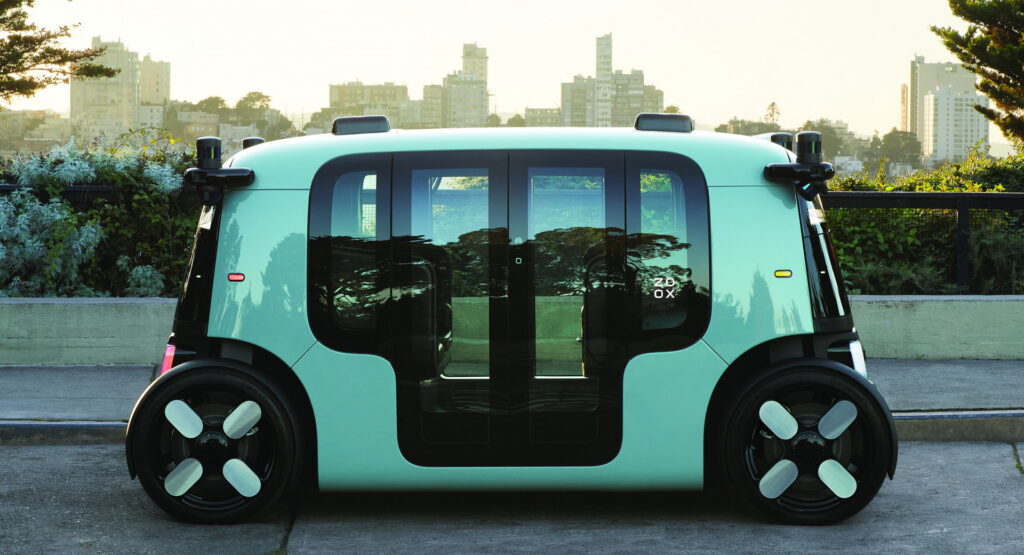Zoox, an autonomous technology company owned by Amazon, said on Tuesday that it is preparing to launch a robotaxi business in California. It will apply for a permit to operate the vehicl, that has no steering wheel or pedals, in the state, reports Reuters.
“We really invested the extra time and resources to build a vehicle that doesn’t require exemptions and then that basically lets us control our own destiny and also deploy our vehicles at scale,” Jesse Levison, the company’s co-founder and chief technology officer, said.
Zoox ultimately wants to move people, saying that robotaxis will be more lucrative than, say, using the autonomous vehicles to deliver packages.
“We can compete with, for example, Uber and Lyft and make money and be very cost competitive even in the early days of this technology,” Levison said.
Read Also: GM’s Cruise Gets First Permit In California To Carry Paying Passengers In Driverless Cars
On July 11, Zoox announced that it had become the first company to self-certify a purpose-built, fully autonomous passenger vehicle known as the VH6. The all-electric autonomous vehicle looks like many of the concepts proposed by other automakers, featuring a toaster-like body shape outside and four seats that face each other inside.
Zoox said that it has created a vehicle that complies with FMVSS requirements, and therefore satisfies all regulatory requirements to operate on public roads. It says that it subjected the vehicle to physical tests, computer simulations, and engineering analyses to ensure it meets these criteria.
“Self-certification of a purpose-built vehicle that does not rely on traditional human driver controls is a historic milestone in the autonomous vehicle industry,” said Dr. Mark Rosekind, Chief Safety Innovation Officer, in a statement. “Safety is foundational to everything we do at Zoox, and this achievement is a testament to this mindset.”
Other competitors, such as GM’s autonomous vehicle company, Cruise, have opted to apply for a special exemption from U.S. regulators in order to test their autonomous vehicles on the road. Doing this, though, places limits on the number of vehicles that can be manufactured, as well as the period of production.
Cruise argues, however, that it is a more transparent process that keep regulators in the loop. Indeed, it became the first company to earn a license to operate a robotaxi service in California that can charge for rides, albeit that announcement was quickly followed by a letter from an alleged whistleblower who called the company’s safety culture “chaotic.”






